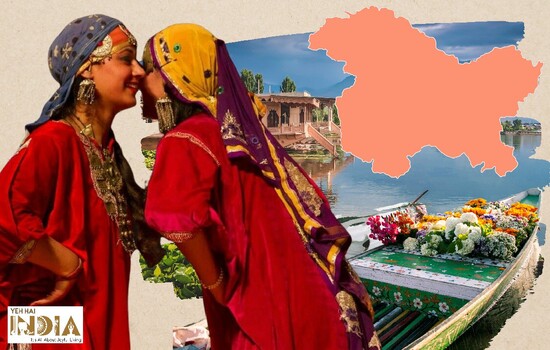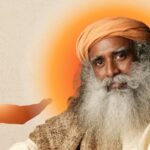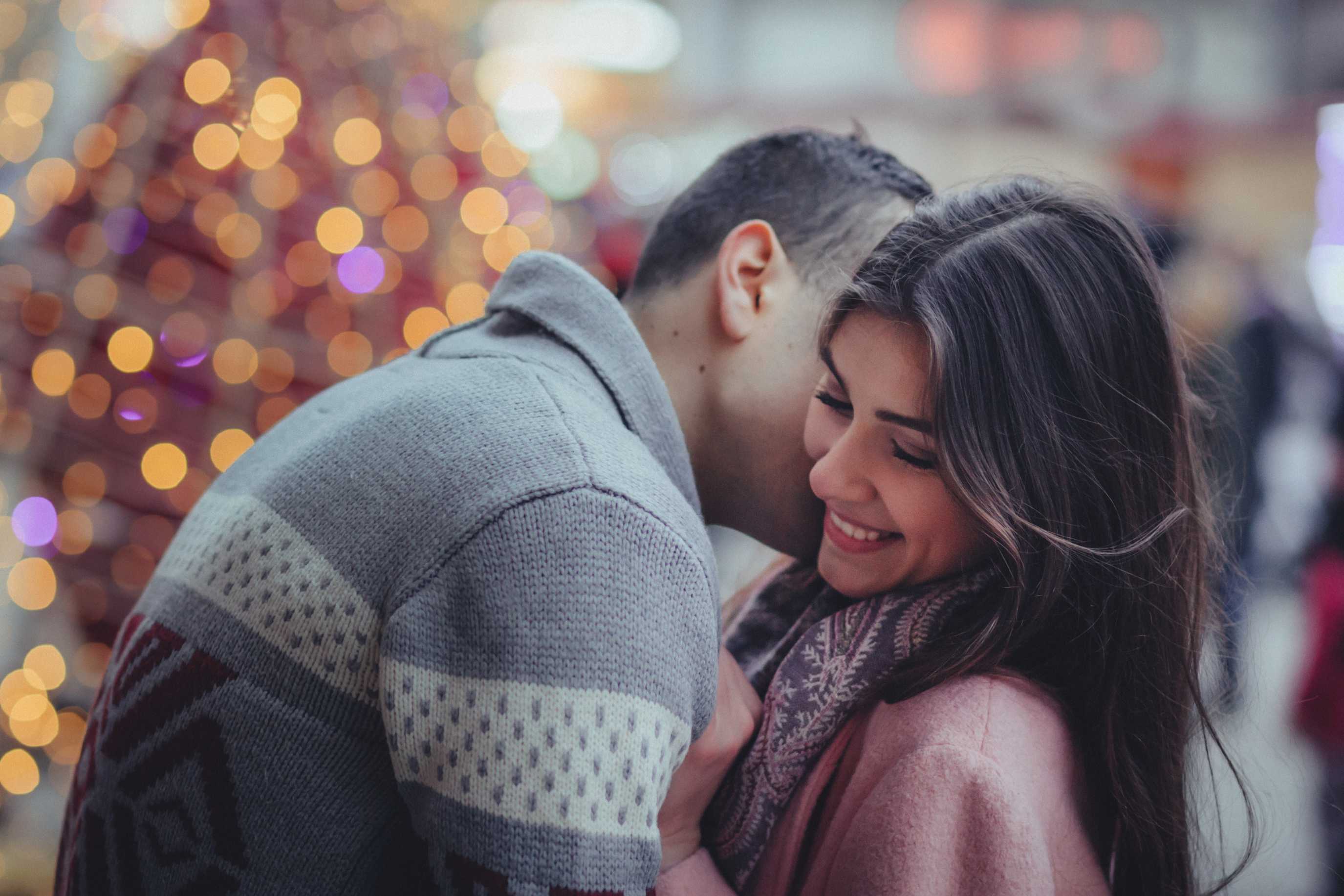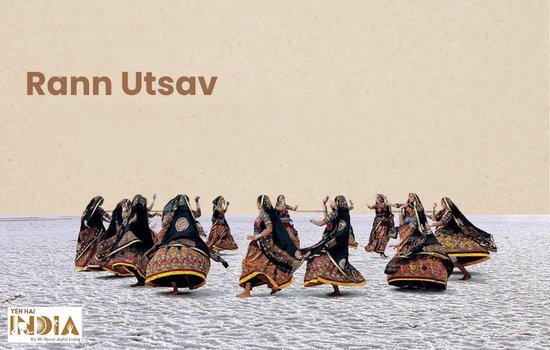One of the best expressions of Kashmiri culture, Rouf dance is widely recognised for the cheerfulness and exuberance it portrays.
Often called as the ‘crown jewel of India’, Kashmir’s rich scenic beauty transcends human experience of nature and takes you into a spiritual and enticing journey. Topped by snow-capped mountains and verdant farms, it is home to a beautiful culture, religion and history.
It’s a gift from mother nature that fuses joyfulness into people’s lives which is beautifully represented in the inherent customs practiced in the region like festivities, crafts and varied art forms.
Their dance forms, especially the folk ones, exhibit the many colors and traditions of the region.
The Rouf dance, a traditional and cultural artform celebrated in spring happens to be the most famous folk dance that exhibits the cheerful nature of Kashmiris and their culture.
Here is everything you need to know about this artform, its history and significance.
Kashmiri Roof Dance Meaning and Significance
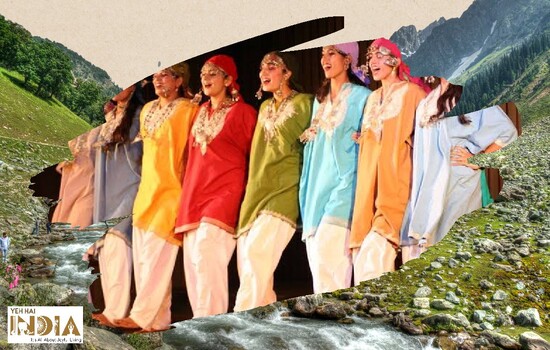
The Rouf dance, which is generally pronounced as ‘ruf’ in villages and ‘row’ in cities, is a group dance practiced and performed by women in the state of Jammu and Kashmir.
A traditional and rhythmic art celebrated in spring amidst the rows of blossoming tulips and scenic beauties of the valley, the dance has remained an integral part of Kashmiri culture and its people since time immemorial.
The dance is performed in beautiful costumes with local kashmiri songs sung by the dancers. The dance is celebrated to mark the arrival of spring season. It is simple, yet cheerful and is known to be one of the most famous footwork skills of traditional folk dance forms.
Recommended Story – Garba Dance – Everything You Want To Know
Kashmiri Roof Dance History

Rouf dance finds its origins in the Muslim community in Kashmir valley. The dance is known to have originated several years back in order to celebrate spring and also to reflect the merriment that is displayed in other festivals of Muslims like Eid-ul-Fitr.
For years, the dance is being performed by the women adorned in beautiful costumes with local music playing in the background. The dance is a simple footwork called ‘chakri’ in local language in which women dance by lining up in two rows and dance facing each other.
Though the dance finds its origins in muslim community of Kashmir, gradually, it was adopted by every community in the valley. It is so elegant that the visitors can’t take their eyes off the performances and everyone enjoys the natural charisma and blissful tunes that make one feel a part of the festivities.
One finds it to be a wonderful stroke of luck, if they can visit the valley during the harvest season, a special occasion for the farmers in spring or during the Eid. You will not only visit the blossoming tulip buds of the season but also experience the joy this festival spreads to everyone attending the performance with men, women and girls grooving with a great sense of celebration.
Kashmiri Rouf: From Folk to Bollywood
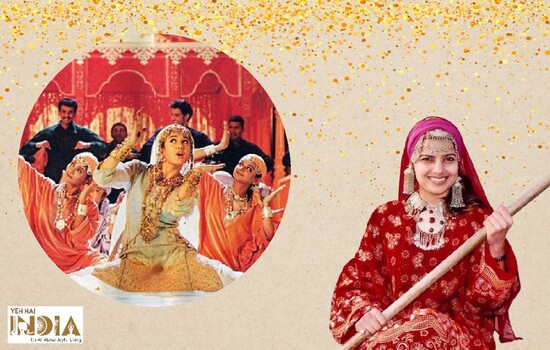
Over the years, Rouf dance has gained national and international attention and huge appreciation from the tourists visiting the Kashmir valley.
Besides serving as an act of gratefulness for the visitors, the dance not only celebrates and rejoices in the colours of nature and the merriment of Ramzan season, it is also attributed to the lovemaking of bees.
Indeed, the cross-pollination of bees and buds is believed to be the inspiration for the tunes and songs of the dance.
The musical gesture of gratefulness is long known for bringing happiness in spring season in the valley. The charming women make 2-4 groups consisting of 3-4 women each and stand face to face adjacently holding their hands.
The feet sway forward and backward rhythmically bringing co-ordination between the groups. These steps follow the movements of bees towards and away from the tulip flowers.
Women in this dance wear local costumes, Salwar Kameez covered with embroidered Pherans. The beauty of these costumes are further elevated with a headscarf usually called as Kasaab or Daejj. Additionally, women also wear kashmiri silver jewellery which gives them a complete traditional look.
As the women form two chains of dancers facing each other, the poetic music begins along with the dancers moving forward and backward in rhythmic steps gracefully. The entire movements are kept subtle to keep the atmosphere fun and lively.
In an informal gathering, only a few singers are required to accompany the amusing folk dancers. In case of a massive stage performance, traditional instruments such as Rabab are played in the background.
Women are known to wear colorful pherans and Kasaba. Roaf songs are not usually the same and they are likely to be chosen according to different occasions though the style of the dance presentation is always the same.
The popularity of this beautiful dance is not limited to regional folk festivals but has also made its presence felt in Bollywood as well.
One of the best Roaf dance sequence can be witnessed in the movie ‘Mission Kashmir’ released in the year 2000 starring Hrithik Roshan and Preity Zinta in songs “Bhumbro Bhumbro” and “Jheelon Ka Shehar”.
Television and media has also been influential in expanding the popularity and reach of Rouf dance to people all over the world.
Recommended Story – Top 10 Kathak Dancers In India
Conclusion
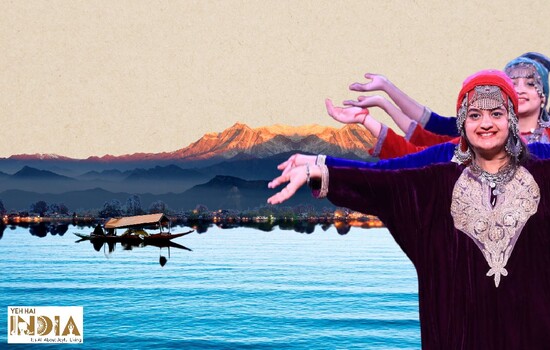
The most beautiful aspect of this dance is the way it expresses the distinct nature of Kashmiris, who are always welcoming and generous for the visitors.
The theme of the song depends on the events and depicts joy, happiness, sorrow and for welcoming the spring season.
Traditionally, no music equipment is known to have been used in roaf. It is only in stage performances that folk instruments like Noet, Tumbakhnari, Rabab etc. are used.
Nevertheless, modern roaf also includes the use of electronic music instruments and sound sampling. Artists in Kashmir make different types of Kashmiri music albums with a beautiful infusion of special effects to highlight the true beauty of roaf dance.
If you ever visit Kashmir, do take time to watch this wonderful medley of rhythmic music and dance that best reflects the beautiful nature of Kashmiris.
Also Read – Best Indian Famous Classical Dancers of all times 2022


